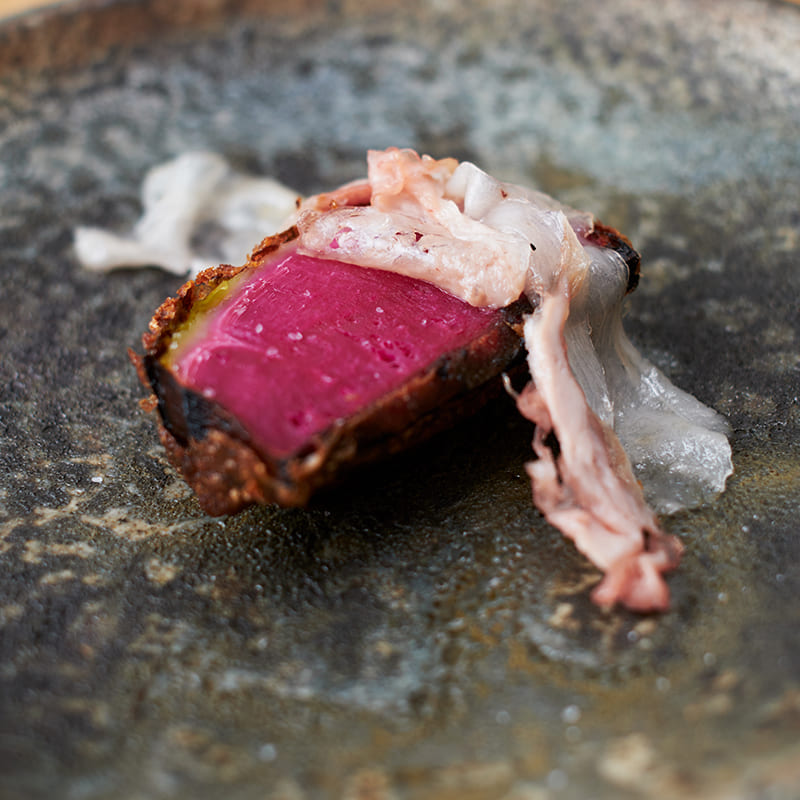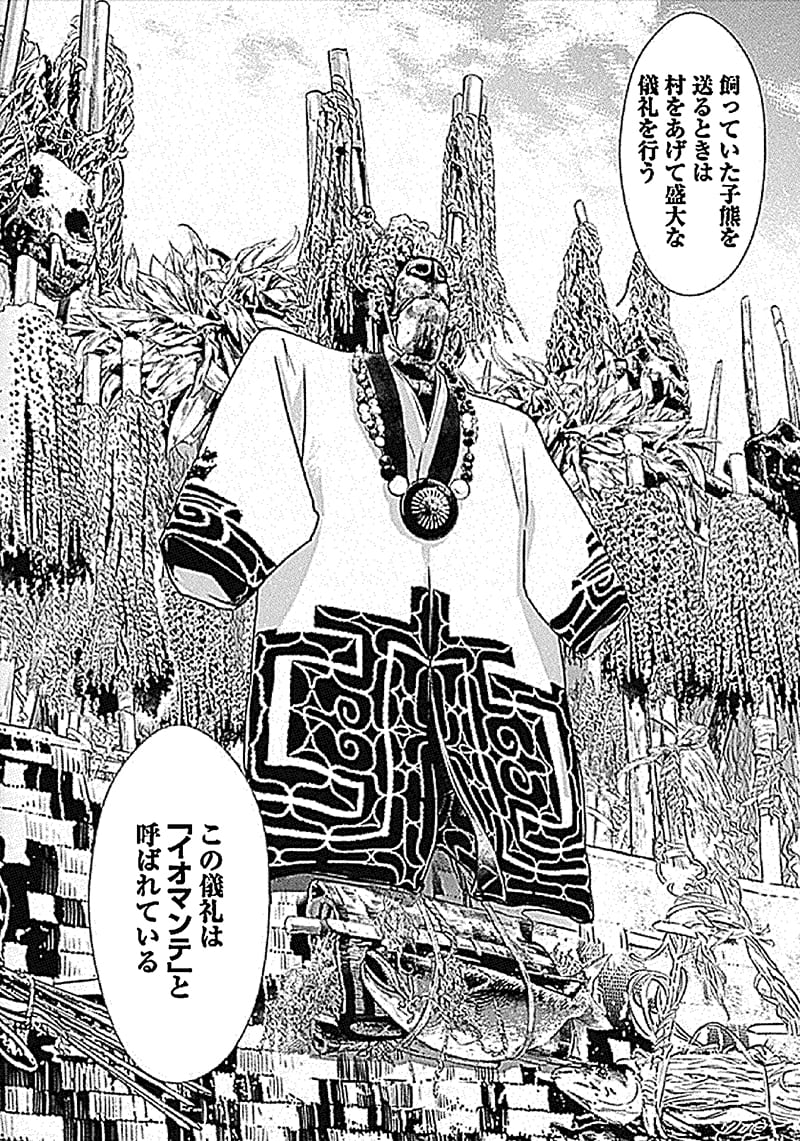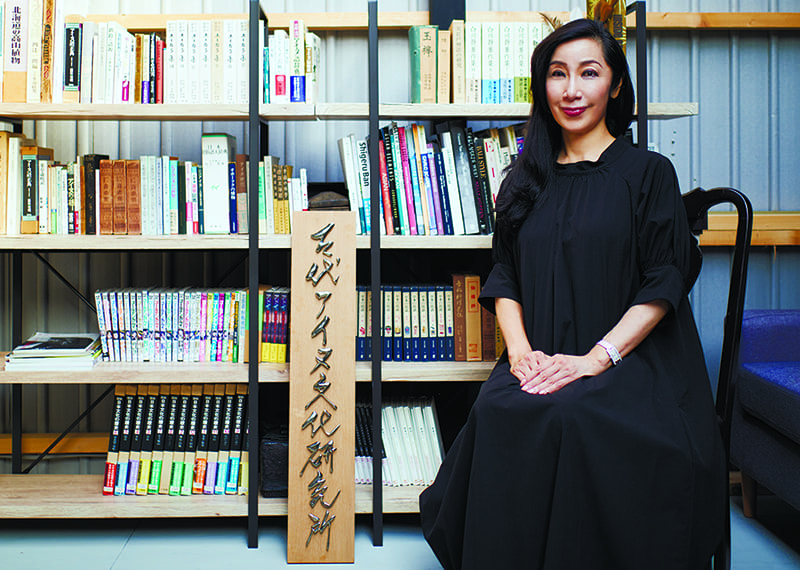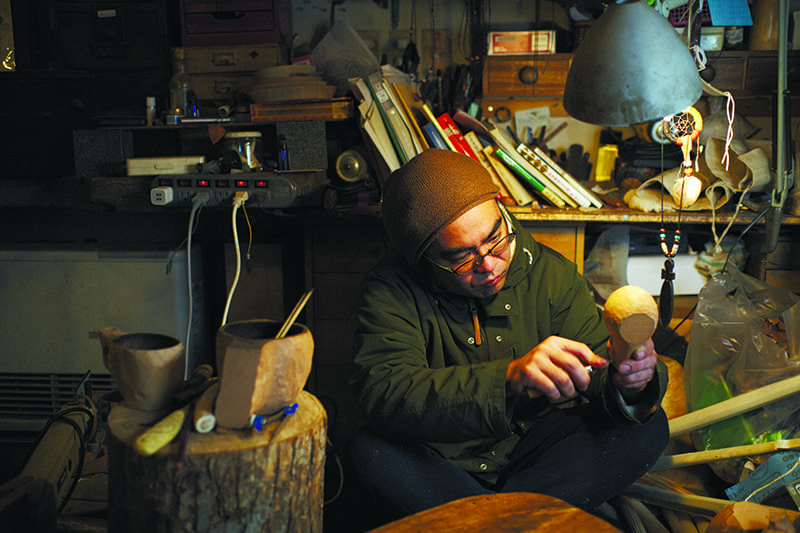November 29, 2021
How well do you know Ainu culture — its past and its present?
HISTORY
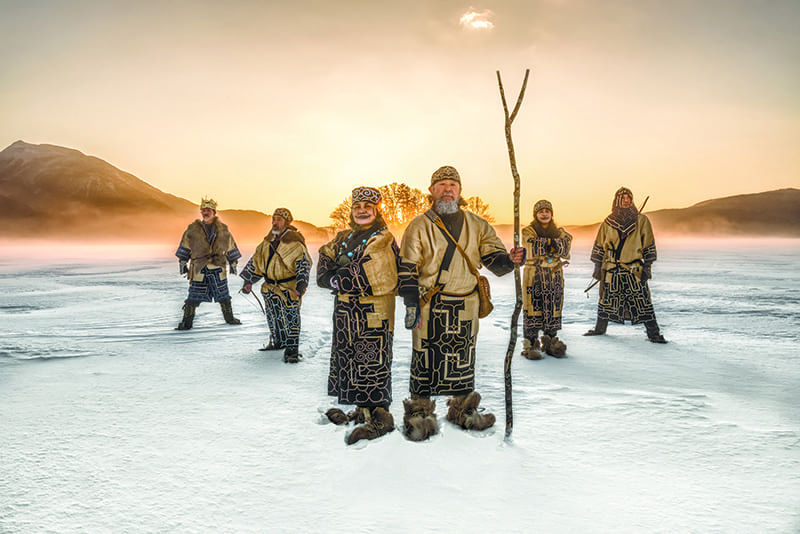
PHOTO: NAGI YOSHIDA
In the north of the Japanese archipelago, mostly on the island of Hokkaido, there lived an indigenous people known as the Ainu. Although their origins are not well understood, they have a long history and culture dating back to around the ninth to 13th centuries. The Ainu language is distinct from Japanese, and they have their own spiritual beliefs, such as seeing living animals and natural phenomena as kamuy, a kind of divine being.
The Ainu, living in the harsh environment of the north, hunted mainly bears, deer, salmon and seals. They also collected wild plants and made clothes from animal fur, wood and grass fibers. The Ainu inhabited a wide range of areas, including Sakhalin and the Kuril Islands, and each village engaged in trade with its neighbors. Ainu products such as bear skins and sea otter pelts, dried kelp and fish, and crafts featuring beautiful embroidery and wood carving were traded throughout Japan and beyond.
In 1603, as the centurylong Warring States Period and turbulent Momoyama Period gave way to the Edo Period, the Tokugawa shogunate set about unifying the nation. In 1604 it granted the northern Matsumae domain a monopoly on trade with the Ainu, an act that set in motion a difficult time for the Ainu. Not only were they prevented from trading freely — which was a source of their wealth — but the Matsumae domain forced disadvantageous trading terms on them, meaning they became poorer and had to work under increasingly harsh conditions. Gradually resentment against the Japanese grew, and in 1669 an uprising known as Shakushain’s revolt broke out. Originally starting as a conflict between ethnic groups, it evolved into the largest war fought between the Japanese and the Ainu. Fighting only ceased after the Matsumae clan offered a peace settlement. But then, at a celebratory banquet, the Ainu chief Shakushain and others were murdered, and with that the Ainu were defeated.
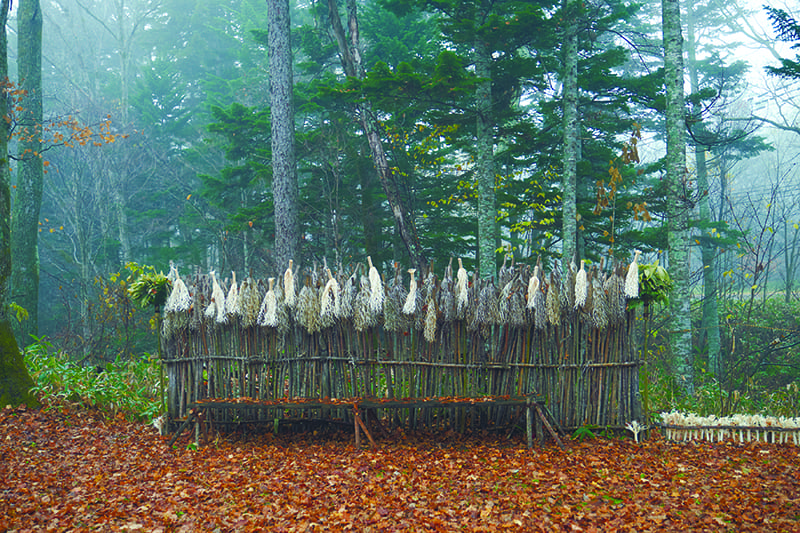
PHOTO: KOUTAROU WASHIZAKI
Japan eventually opened up to the world with the establishment of the Meiji government in 1868, and one year later the Hokkaido Development Commission was set up. Keen to follow the path of “civilized” development, the Japanese government came to see Ainu culture as backward and promoted an assimilation policy that prohibited the use of the Ainu language and the practice of Ainu culture. In 1899 the Hokkaido Former Aborigines Protection Act, which ostensibly claimed to protect the Ainu, was enacted and much of the Ainu land was confiscated. The hunting of salmon and deer, the Ainu people’s main source of income, was banned in the name of conservation, while colonial-style policies such as mandatory use of the Japanese language were given a legal basis. The protection act resulted in significant discrimination and oppression, and remained in effect for nearly a century.
In this way, for a very long time Ainu culture was essentially stamped out, and many people chose to hide their Ainu identity. Toward the end of this time, in 1986, Prime Minister Yasuhiro Nakasone made a statement to the effect that “Japan is a monoethnic state,” which caused pent-up Ainu anger to boil over. Interpreting the statement as essentially nullifying the existence of a race with over 700 years of history, Ainu activist groups all over Hokkaido united and mobilized, launching a political movement that contributed to the abolition of the act in 1997. In its place, the Ainu Culture Promotion Act was established with the aim of eliminating all discrimination against the Ainu and ensuring that Ainu culture would be passed on to future generations. From that year, grants were issued for Ainu research and cultural promotion, and a wide range of Ainu-related content began to appear.
Then an even bigger change occurred with the announcement of the United Nations Declaration on the Rights of Indigenous Peoples in 2007. Suddenly problems related to Japan’s treatment of the Ainu were no longer solely domestic, and one year later, in 2008, both houses of the Diet unanimously passed a resolution calling for “the Ainu people to be recognized as indigenous peoples.”
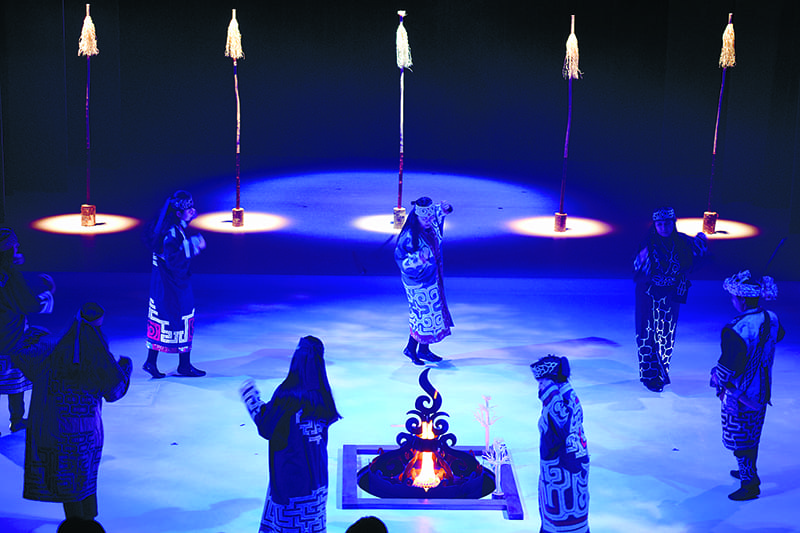

Ainu traditional dance and “Lost Kamuy” are performed twice daily at the Lake Akan Ainu Theater (only on weekends and holidays during winter).
PHOTO: KOUTAROU WASHIZAKI
アイヌ文化の歴史と現在を知っていますか?
日本列島の北方地域、主に北海道を中心とするエリアには、アイヌという先住民族が暮らしてきた。その起源は諸説あるが、9~13世紀頃にアイヌ文化が成立したと言われる。アイヌは日本語とは異なる言語体系を持ち、人間の周りに存在する様々な生き物や事象を「カムイ(Kamuy/神)」として敬うなど、独自の信仰や精神文化を切り開いていった。
アイヌ文化は数百年にわたる差別と圧政の時代を経て、今再び注目を集めている。アイヌの少女がヒロインとして登場するマンガ『ゴールデンカムイ』のヒットをきっかけに、若い世代にもアイヌへの関心が広まり、近年はアイヌ文化を現代のカルチャーやライフスタイルに接続を図る機運も高まっている。
アイヌ文化を紹介する常設の阿寒湖アイヌシアターでは、アイヌ古式舞踊とデジタルアートなどを組み合わせた「ロストカムイ」を2019年から上演している。こうしたアイヌ文化を今につなぐ取り組みは、今後も勢いを増していくことだろう。
Return to Sustainable Japan Magazine Vol. 6 article list page


